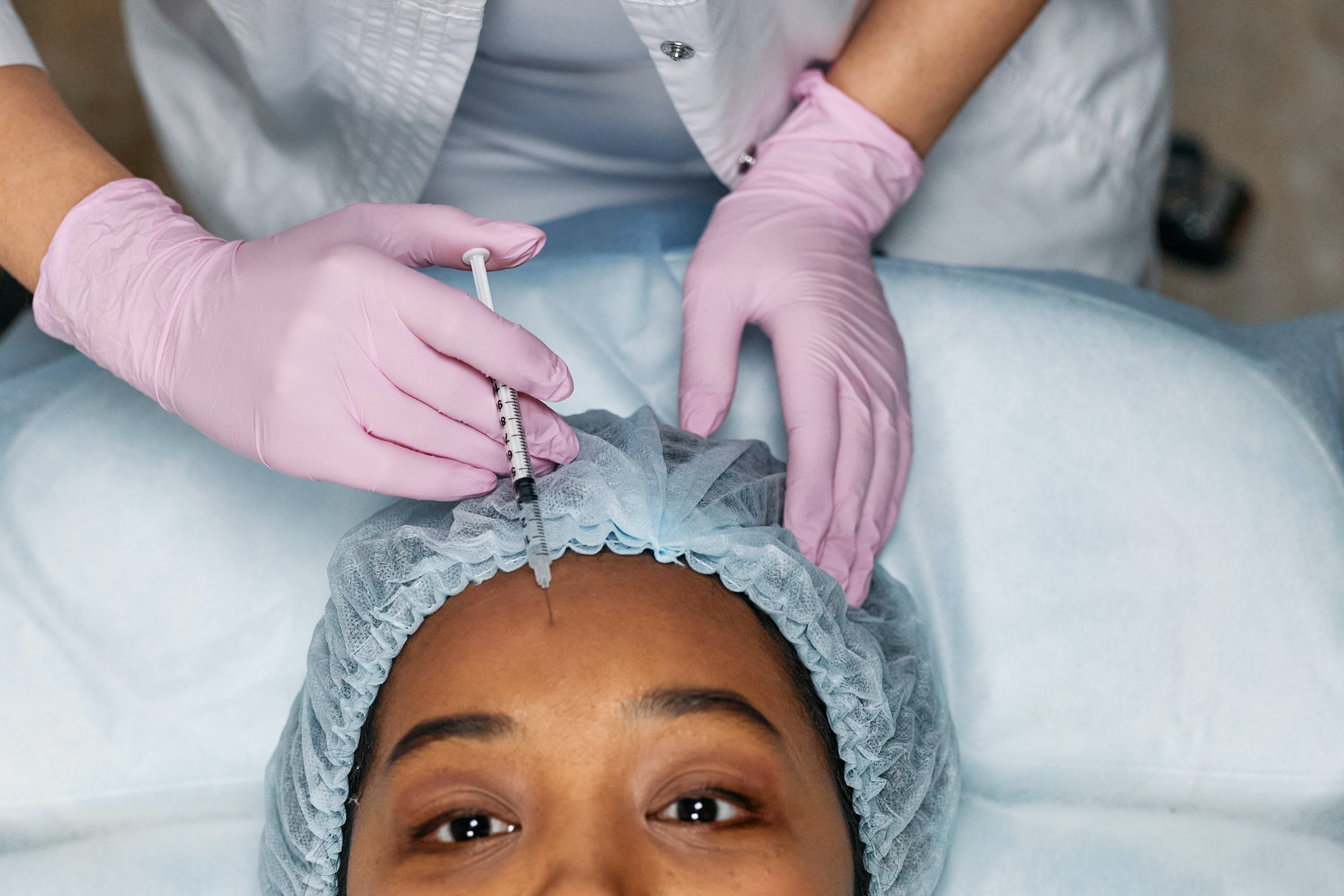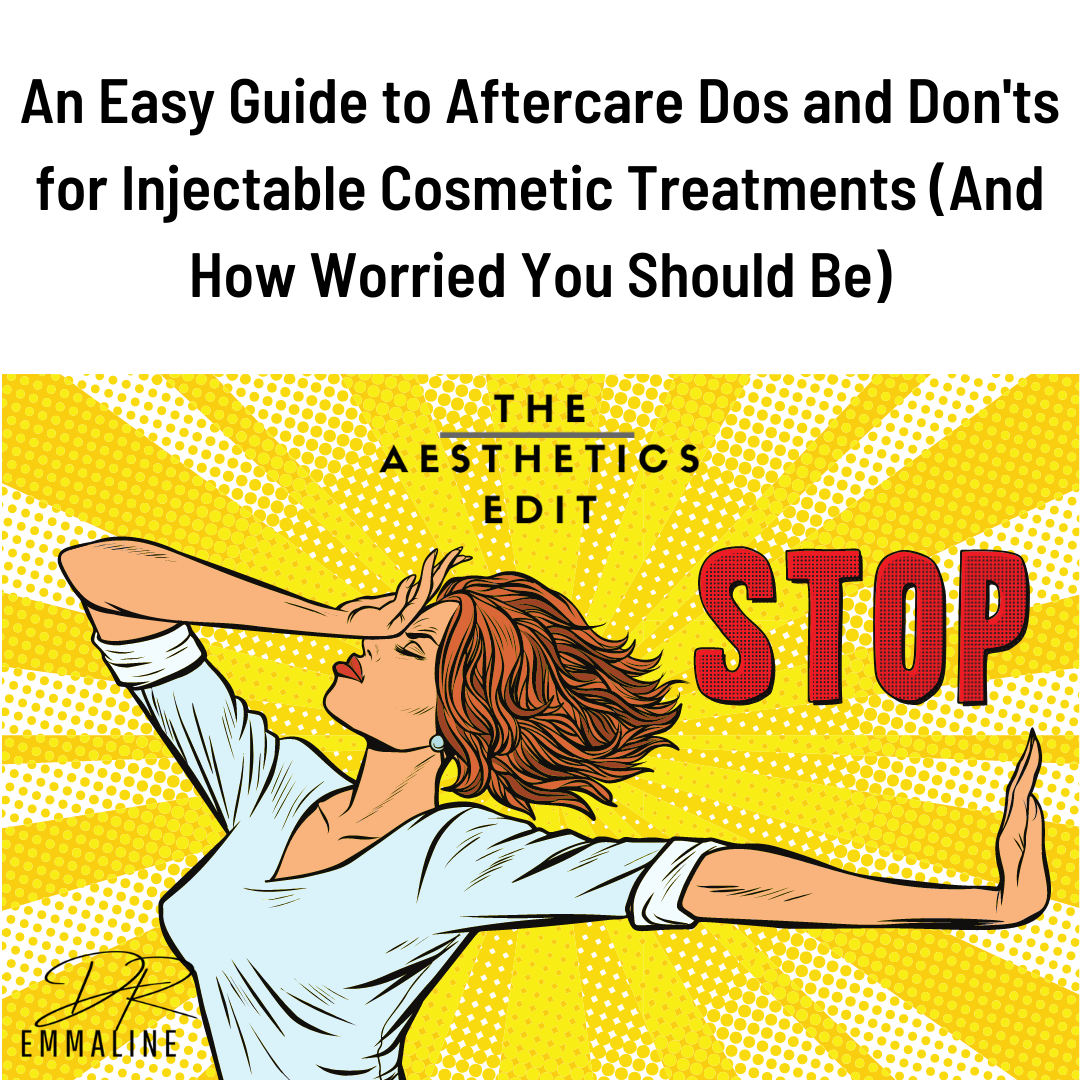Unproven? Things About Botulinum Toxin That Even Doctors Get Wrong
The beauty of science, believe it or not, is occasionally getting things wrong! It means that knowledge is constantly deepening and progressing. I am the first person to put my hand up and admit that there is still so much out there that I need to learn. The hallmark of a medical professional is to be a lifelong learner - reading papers and engaging in the latest scientific debates.
There are a few often-quoted “facts” or assumptions around botulinum toxin that are actually currently unproven. But, even more surprising, these are potential misconceptions that persist even amongst fellow clinicians. I wanted to share some of the most fascinating with you!
This article is aimed at other cosmetic clinicians, but contains information that anyone who is interested in medical aesthetics might find enlightening! To understand some of the background of products and brands discussed, it may be helpful to refer to our Basics of Botox article.
An Ever-Evolving Field
Injectables like botulinum toxin and are still very new to aesthetics, even if cosmetic medicine itself has a long and ancient history. Our knowledge and understanding of the various formulations of these products keeps evolving, particularly as clinical experience expands and technology advances.
Additionally, we have to remember the power and influence of marketing in these situations, and that brands have every incentive to make certain claims to encourage you to choose one brand over its competitor. This is where a lot of these misconceptions come from!
An excellent review of some of the myths and realities of botulinum toxin sparked my interest in these topic, as I suddenly realised there were a few misconceptions that I had repeated myself!
Myth 1: Using Different Brands of Botulinum Toxin Give Very Different Results
The current summary of all the research thus far shows that there are a very small number of studies with flawed methodology comparing brands like Botox or Azzalure, which often give conflicting results (i.e. Botox works better than Azzalure in the glabellar region, or Azzalure is superior to Botox and gives faster and longer results).
Studies that have shown difference in efficacy between one brand and another usually are using very different doses as comparisons.
Therefore, there is no definitive evidence of any large difference between the brands, or that one is superior to the other.
Myth 2: Diffusion Differs Dramatically Between Botulinum Toxin Brands
This was one that really surprised me! Common consensus has been for a long time that brands like Azzalure contain proteins with lower molecular weights. Therefore, they are smaller and can travel further and diffuse away from the injection site. This means there is more of a spread through the muscle. While I never knew if there were concrete research studies showing this, it was a general piece of wisdom I’ve also heard passed down and repeated all the time.
When you examine the research that suggests this, you will see that the studies often show product dilution errors or take results in non-human studies, which cannot be extrapolated to what necessarily happens in real clinical practice.
There is currently a lack of clear data on an appropriate conversation rate between different brands of botulinum toxin, so studies comparing them are often not comparing interchangeable doses and it is best not to draw a firm conclusion from any of the current studies.
However, all the studies show that it is the dose and not the product that makes the difference in how far it diffuses and how large a field of effect an injection will have. It is also highly dependent on the number of receptors or nerve endings in the tissue site being injected, which is what the botulinum toxin protein can bind to. This is independent of the brand being used. In fact, the most important factors determining spread have nothing to do with the product itself, but have to do with the type of skin and amount of gland activity at the injection site.
Myth 3: Antibodies and Botulinum Toxin Brand are Important Factors in Resistance
The idea of resistance to botulinum toxin is commonly explained by stating that a person can develop antibodies to the active protein in botulinum toxin, meaning that your body could effectively block its ability to bind receptors and cause any muscle relaxation.
The current body of evidence suggests that the modern formulations of botulinum toxin at the low doses used cosmetically leads to almost undetectable antibody formation. Approximately between 0-1.28% of patients developed antibodies to treatments in a large meta-analysis, and of those less than a third showed any resistance to botulinum toxin.
Additionally, Bocouture is often touted as a good alternative to other brands as it has fewer complexing proteins and therefore is less likely to lead to resistance, but there is actually zero evidence of this and no data comparing different brands head-to-head.
In a study of patients who had previously had a good response to toxin, but later developed a poor response (known as secondary non-responders), less than half had any antibodies, again supporting the idea that antibody formation is not as crucial in developing resistance.
Therefore, it is more important to consider other factors rather than antibody formation if it appears that toxin resistance has developed. This includes insufficient doses, incorrect placement missing the intended muscles, and most important a change in the patient’s expectations.
Myth 4: The Importance of Aftercare
Aftercare advice is actually largely anecdotal and highly speculative, but often repeated. I summarised common aftercare advice post-injectables in this tongue-in-cheek article, but also touched on how little worry I placed on some of the instructions.
To me, the more important aspects of aftercare range around infection control, patient expectations, and emergency contact information.
Final Thoughts
A lot of the misconceptions or unproven claims that persist in botulinum toxin use are mostly due to marketing from the different brands, as they fight to get an edge. At the end of the day, clinical experience with certain products, injector and patient preferences, as well as patient anatomy and metabolism will all play the most important role in choosing a botulinum toxin.
References
Dover JS, Monheit G, Greener M, Pickett A. Botulinum Toxin in Aesthetic Medicine: Myths and Realities. Dermatol Surg. 2018 Feb;44(2):249-260. doi: 10.1097/DSS.0000000000001277. PMID: 29016535; PMCID: PMC5821482.












Certain timeless aesthetic trends continue to inspire and influence us. These enduring trends have remained popular throughout history and continue to shape the way we think about beauty today. They are good guiding principles when you start treatment planning for any patient.
In this article, we will explore some of the aesthetic trends that stand the test of time.